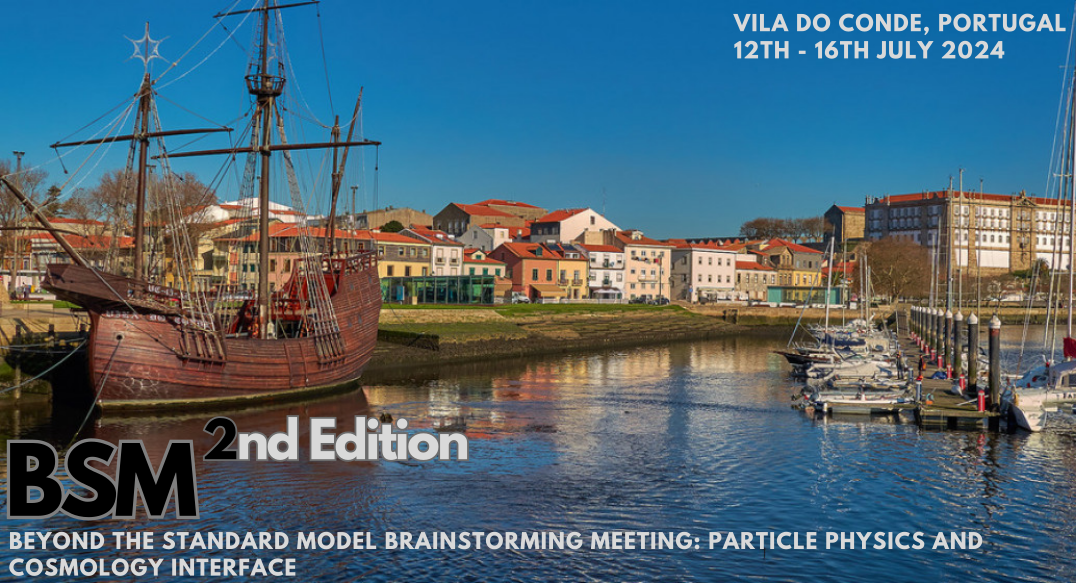Speaker
Description
The study of interactions between dark matter and the Higgs field opens the interesting prospect of possible detection of dark matter (DM) through collider experiments. Naturally, this setup can have an impact on the features of DM itself, as well as to interfere with the spontaneous breaking of the electroweak symmetry. Furthermore, it is crucial that this Higgs-portal DM can be suitably harmonised with the various epochs of the early universe. In our latest study (2407.xxxxx), we examined whether Gravitational Waves (GW) can be generated from a curvature-induced phase transition of a non-minimally coupled scalar field DM with a portal to the Higgs field. This was investigated in the context of a dynamical spacetime during the transition from inflation to kination, while also considering the possibility for inducing the electroweak (EW) symmetry breaking in this manner. We explored a large range of inflationary scales and both cases of positive and negative values for the non-minimal coupling, while taking into account the phenomenological constraints imposed on the BSM model's couplings, when playing the role of DM. The resulting GW amplitudes are boosted by kination, but lie at high frequencies for the typically high inflationary scales.
